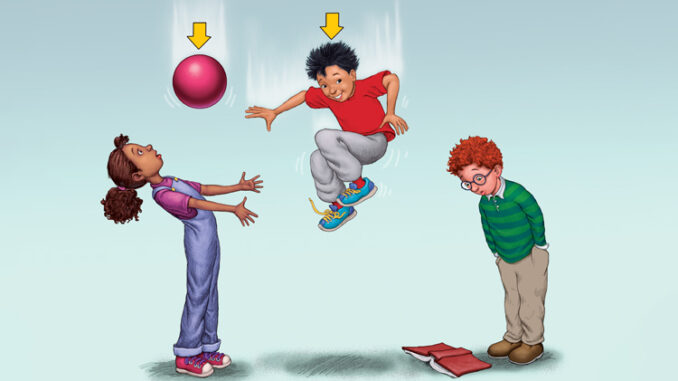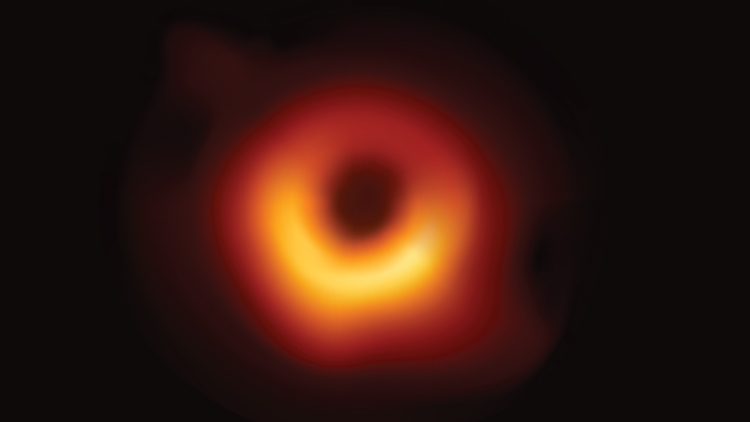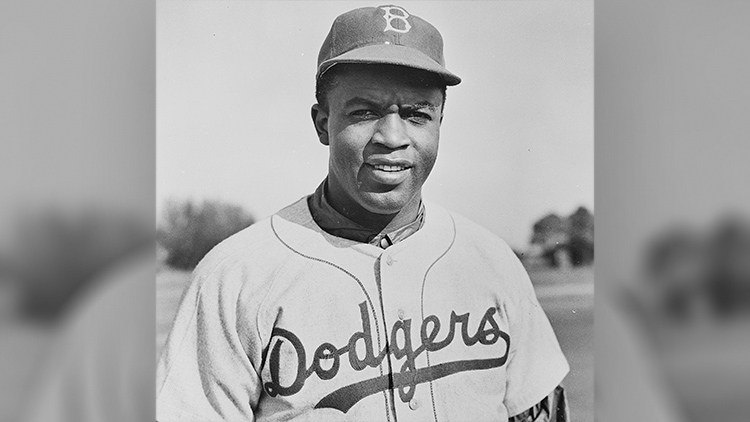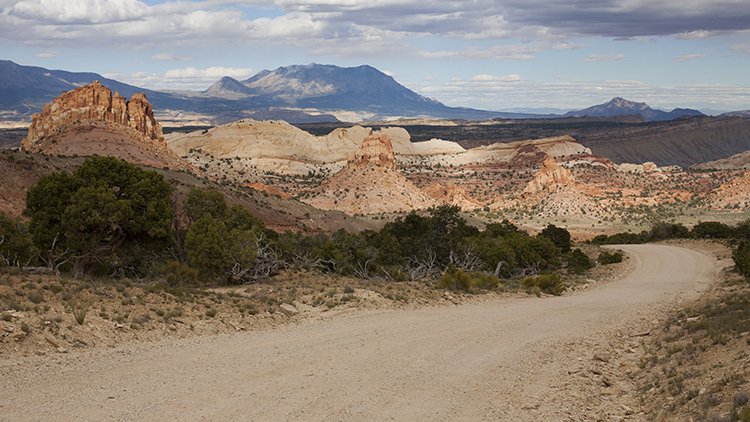
Imagine jumping up and not coming down. Even if you jump high, you always come back down. Think about what would happen if you were washing a plate and it slipped out of your hands. Unfortunately, the plate probably breaks because it falls to the ground. Earth’s gravity keeps us on the ground and makes things fall. Gravity is the noncontact force that pushes down on everything, including us. Gravity doesn’t mean that things can never go up. But gravity keeps them from floating away. Anything that has mass also has gravity. Objects with more mass have more gravity pulling on them.
Galileo was a scientist in the 16th and 17th Century. His most famous observation was that two objects of the same size, but slightly different mass, hit the ground at the same time if they are dropped from the same height. This happens because the acceleration due to gravity is the same for all objects.

Gravity exists in space, too! Albert Einstein discovered that gravity not only pulls on mass, but also on light. Black holes are areas with such a powerful force of gravity that nothing can escape, not even light. Gravity also creates stars and planets. It pulls together the material from which they are made.
Gravity holds the planets in place and Earth at a safe distance from the Sun. It keeps the Moon in orbit around Earth. Without gravity, the Moon would float away into space. The gravitational pull of the Moon pulls the seas towards it. This causes the ocean tides to rise and fall.
Gravity is important to our existence. Without it, we could not live on our planet. Gravity holds our world together.
What Can You Do? Do some research on ways to use magnets and paper clips to defy the force of gravity.
Photo Credit: (t)McGraw Hill, (b)2DAssets/Shutterstock



